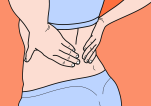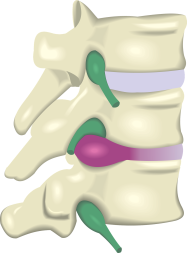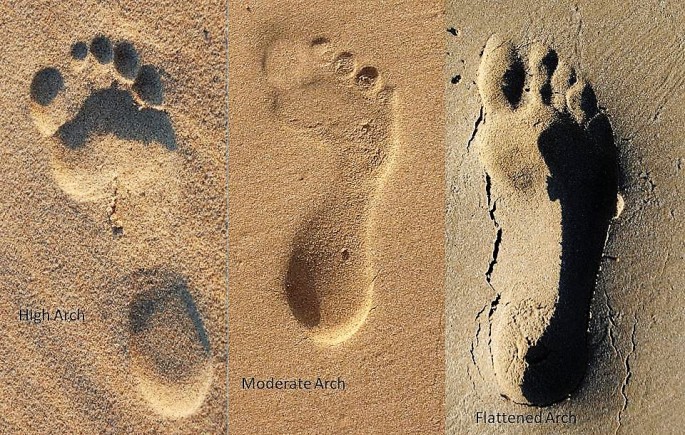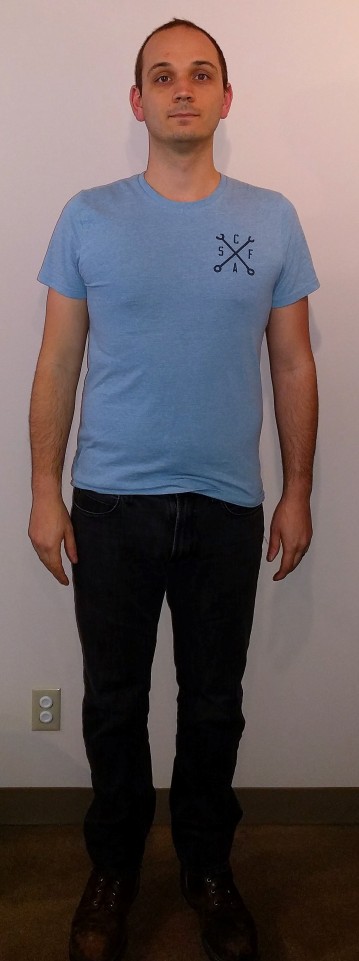Staying healthy can be tough! It is hard to stay on top of the latest in healthy eating, shopping, and fitness. Luckily, there’s an app for that!
Dr. Samelak has put together a list of her Top Apps for Healthy Living.
 Fooducate
Fooducate
Fooducate is a free app that makes shopping a breeze! Simply scan the barcode on your food to learn more about it. The experts at Fooducate have created a database that grades your food based upon its ingredients. It even provides suggestions for healthier alternatives! Did you scan something not in their database? Simply submit it for evaluation by the Fooducate team and they will research the ingredients and add it to their list!
Environmental Working Group
The Environmental Working Group, EWG, is a US based environmental group that, “specializes in research and advocacy in the areas of toxic chemicals, agriculture subsidies, public lands, and corporate accountability”. [Wikipedia] EWG has released a Healthy Living App that works like Fooducate for your personal care products. This helps take the guesswork out of buying shampoo or toothpaste. Suddenly, you don’t have to be a chemist to shop smarter and healthier. EWG touts that you can, “scan a product, review its rating, and pick the better choice” in your purchases.
Headspace
We’ve all heard about the benefits of meditation in a myriad of areas in our lives… but where to start? Many times, we set out to meditate only to end up writing our grocery list in our heads or worrying about whether you were the one in charge of carpool pickup from soccer tonight. Enter: Headspace. The Headspace app specializes in providing guided meditations that are themed for different needs and work to help busy people take a break and create some headspace.
Runkeeper
There are a lot of fitness apps and they all have their benefits and drawbacks. My personal favorite is Runkeeper. I use this app to help myself stay accountable to my fitness, track workouts of various kinds, and ensure that I don’t put too many miles on my running shoes. The app even includes a goal setting area and even training workouts. If you need the push, you can even allow notifications from the app to your phone’s lock screen to encourage you to get out and move.




 pH refers to how acidic or alkaline the body is. We live within a tight tolerance and have several systems that make sure that this is regulated. Body fluids can push the balance one way or another within a fraction of a second, the respiratory system can make changes in minutes by changing our breathing to either eliminate or preserve CO2, and the kidneys respond slowly but are the most powerful buffers of pH in the body. This is where we will focus.
pH refers to how acidic or alkaline the body is. We live within a tight tolerance and have several systems that make sure that this is regulated. Body fluids can push the balance one way or another within a fraction of a second, the respiratory system can make changes in minutes by changing our breathing to either eliminate or preserve CO2, and the kidneys respond slowly but are the most powerful buffers of pH in the body. This is where we will focus.
 Bone density is much more complex than just the biochemistry/physiology; however, there are some tried and true methods for helping to improve your bone density:
Bone density is much more complex than just the biochemistry/physiology; however, there are some tried and true methods for helping to improve your bone density: Many times in practice, a patient presents with symptoms of lumbar (low back) disc injury. They have pain into the leg, often have difficulty standing upright, and have accompanying low back pain.
Many times in practice, a patient presents with symptoms of lumbar (low back) disc injury. They have pain into the leg, often have difficulty standing upright, and have accompanying low back pain.



 One of the things that I often see rearing its ugly head with the arrival of flip flops is headaches. People who have no trouble with headaches throughout the winter and early spring suddenly get terrible headaches as soon as they don their favorite bejeweled footwear.
One of the things that I often see rearing its ugly head with the arrival of flip flops is headaches. People who have no trouble with headaches throughout the winter and early spring suddenly get terrible headaches as soon as they don their favorite bejeweled footwear.
 Feet are important.
Feet are important.
 Either way your feet should be moveable and strong. Think of watching a toddler walk barefoot. You can see their toes grasp the ground, almost like they have suction cups on their tiny toes.
Either way your feet should be moveable and strong. Think of watching a toddler walk barefoot. You can see their toes grasp the ground, almost like they have suction cups on their tiny toes. Knees: increased pressure by 26% through the knee (knees are also affected posturally as described below)
Knees: increased pressure by 26% through the knee (knees are also affected posturally as described below)











 If you are sick or have been around people that were sick and wish to avoid falling ill, it is best to eat a whole foods diet- fresh fruits, vegetables, whole grains and lean protein sources. Avoid processed sugar and alcohol as these cause inflammation and depress immune system function.
If you are sick or have been around people that were sick and wish to avoid falling ill, it is best to eat a whole foods diet- fresh fruits, vegetables, whole grains and lean protein sources. Avoid processed sugar and alcohol as these cause inflammation and depress immune system function.
 the skull and the first bone in the neck, the atlas, can help the ears and sinuses drain by opening up the soft tissues in the throat. Sinuses are basically the spaces formed between the bones of the skull and can be gently manipulated to open up and improve drainage.
the skull and the first bone in the neck, the atlas, can help the ears and sinuses drain by opening up the soft tissues in the throat. Sinuses are basically the spaces formed between the bones of the skull and can be gently manipulated to open up and improve drainage.